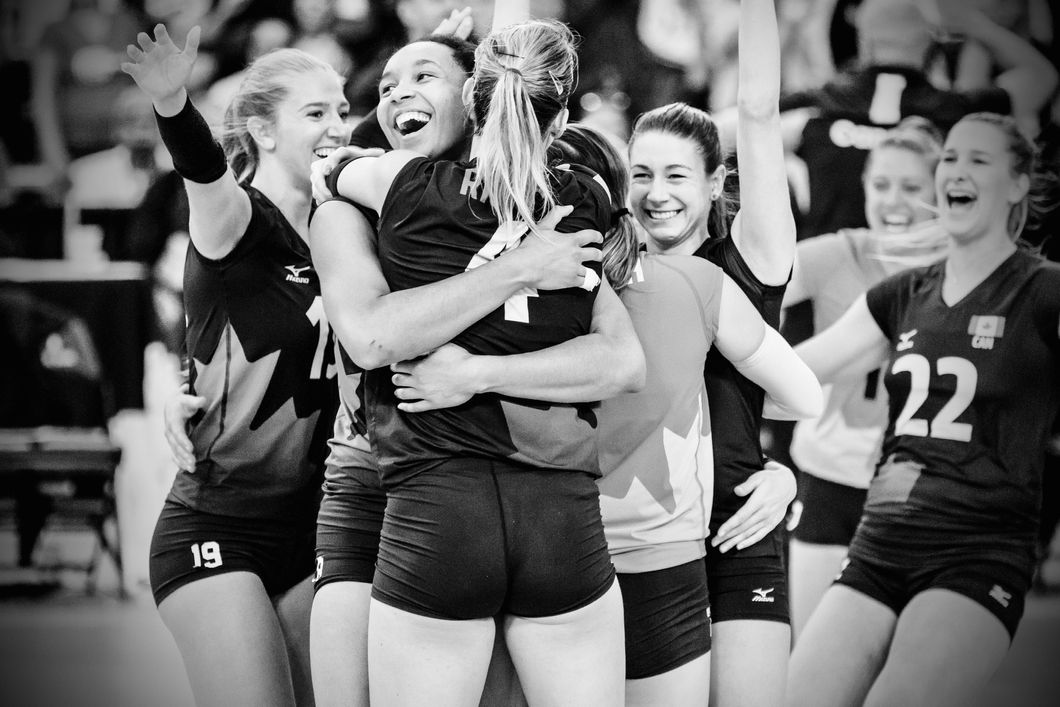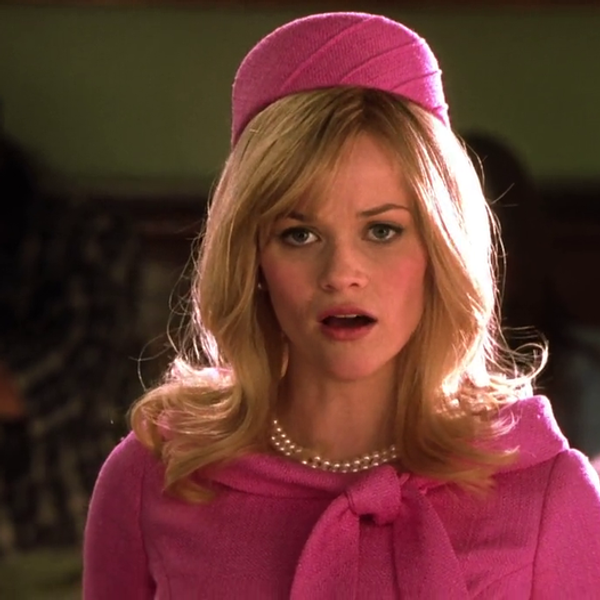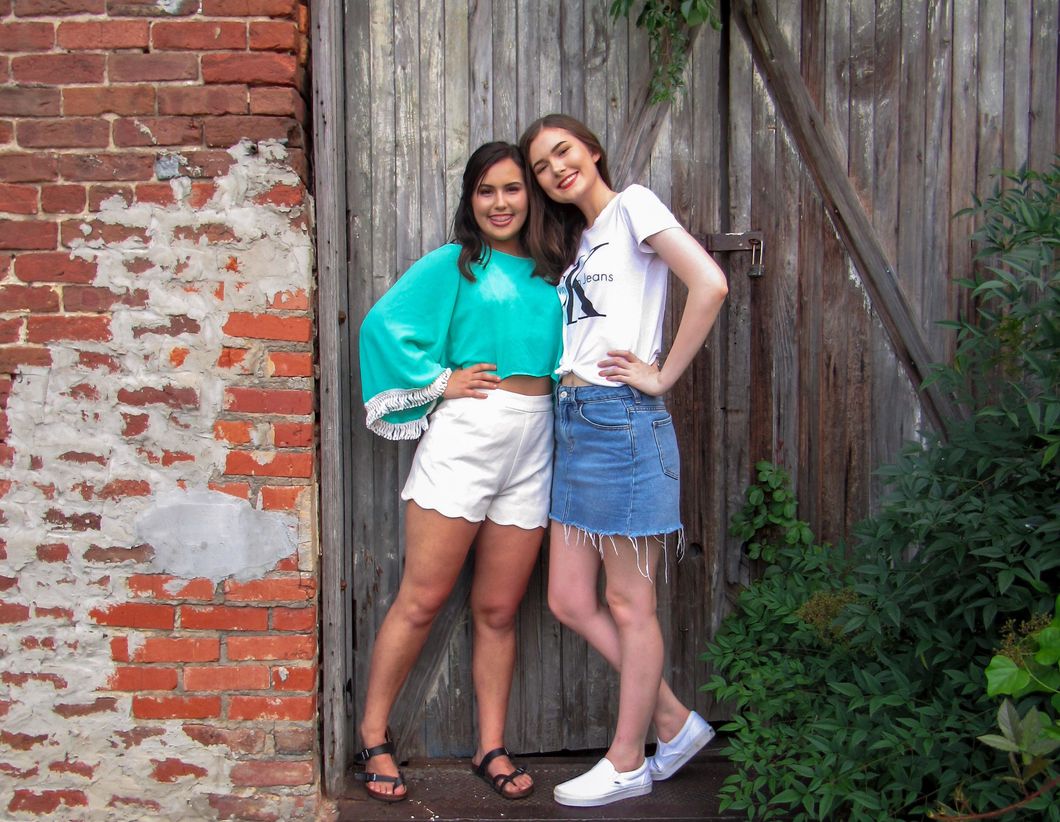If you haven't already heard, the newest Forbes' 100 Top Paid Athletes list doesn't feature a single woman. It's 2018, and it seems that we are going backward. A Tweet by Ben Bloom, a journalist for Telegraph Sport, states that this is the first time in Forbes' history that a woman's name has not appeared on its Top Paid Athletes list.
The Top 100 came to fruition in 2012, so, in all reality, the Top 100 list is not all that old of a tradition. Prior to that, Top 50 was the headline of the time; stretch back even further and you will find a minimalist Top 25, dating back to 2007. But even in the 2007 list, Maria Sharapova claimed #25. Although the ranking accounts for both salary and paid-sponsorships, Sharapova still held her own in years to come, sitting at #29 in the Top 50 list from 2012. One woman has been on the list every year, if not more ever since the list grew from 25 to 50 noted in a Telegraph article.
The most startling part comes from the fact that, in the past two years, we've had things such as the U.S. Women's Soccer and U.S Women's Hockey Boycotts for increased benefits and pay. While their main focus was not necessarily salary, but rather an equal amount of benefits and support from the associations that back both men and women's national teams, the boycotts still resulted in higher pay. But still, the only woman on the list from 2017 was Serena Williams sitting at #51.
The largest problem with women's sports and pay are that, more often than not, women's teams, (especially those at the national level) outperform men. In some cases, women's teams bring in more revenue than their male counterparts; for example, while the women's national soccer team is raking in the dough, the men's soccer team is projected to end the year in the hole. So, why on earth did zero women make the cut for wealthiest athletes?
Although there has been a recent surge in active and vocal feminists, somehow, women athletes still slip through the cracks and miss the top spots of the pay scale by millions. The disastrous inequality of not only salary but regulations and fan-base support as well as create ways for women to fail before they can even get a foot through the door.
For instance, a man looking to enter the NBA (professional basketball) must only complete one year of college basketball before being eligible for the draft. However, a woman looking to enter the WNBA (women's professional basketball) must play four years of college basketball, making her ineligible to play any more college basketball; or, she must be at least 22 and renounce any further college basketball participation. The NBA also has formed the G-League, which has made more opportunities for male players to hone their skills and be provided with more opportunities to be drafted into the NBA.
The NBA versus WNBA is just one small part of the whole gender inequality debacle brought on by sports. The Forbes 100 Highest Paid Athletes List for 2018 has shed light on a problem many people didn't even know or think about. Yes, these athletes are already getting paid overwhelming amounts of money, but then why aren't women in the sports world also making big bucks as well? To 2018: it's time to, as my dad always says, check yourself before you wreck yourself. Because, as a woman, we won't take anything less than equal, and that's for damn sure.






 The minimum wage is not a living wage.
StableDiffusion
The minimum wage is not a living wage.
StableDiffusion
 influential nations
StableDiffusion
influential nations
StableDiffusion








